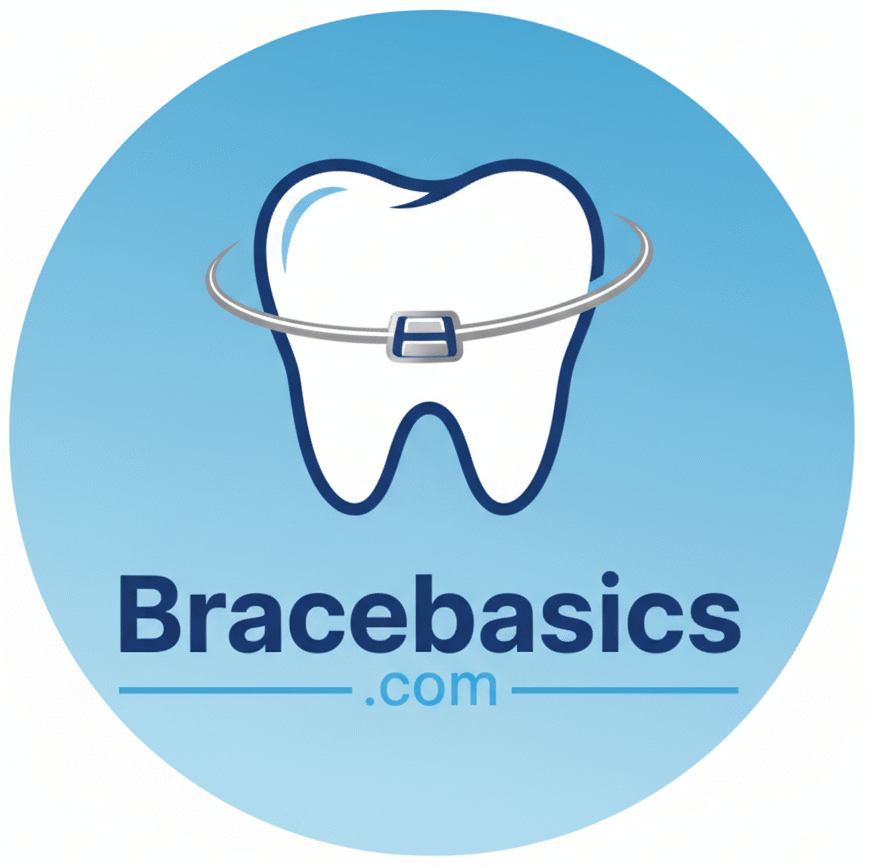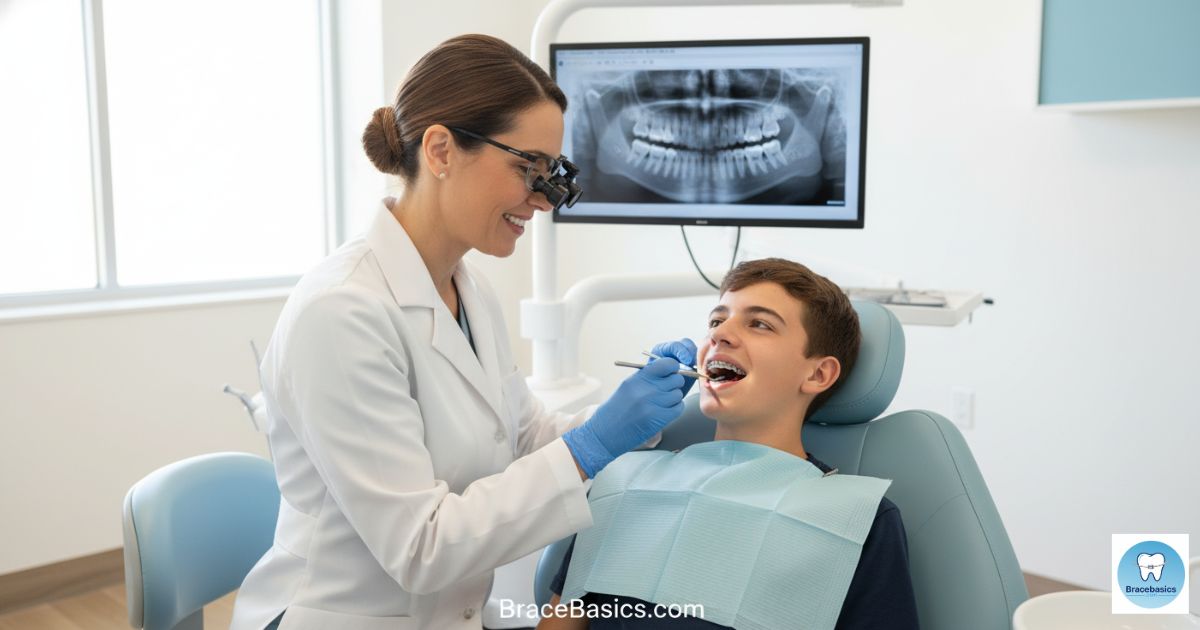How to Know if You Need Braces is one of the most common questions patients ask during an orthodontic consultation. Many people notice crooked or overlapping teeth, gaps, or discomfort while chewing but aren’t sure whether these are serious signs of a dental problem. Understanding the early signs you need braces is crucial because timely intervention can prevent long-term bite misalignment and jaw complications.
Braces and Invisalign aligners are not only for aesthetics—they play a vital role in correcting dental crowding and spacing, improving oral hygiene, and enhancing overall smile confidence. A professional orthodontic evaluation helps determine if your symptoms indicate the need for orthodontic treatment options such as traditional braces or clear aligners. This article provides a detailed guide to help you find out if you need braces, what signs to look for, and when to schedule orthodontic exam for an accurate diagnosis.
How to Know if You Need Braces
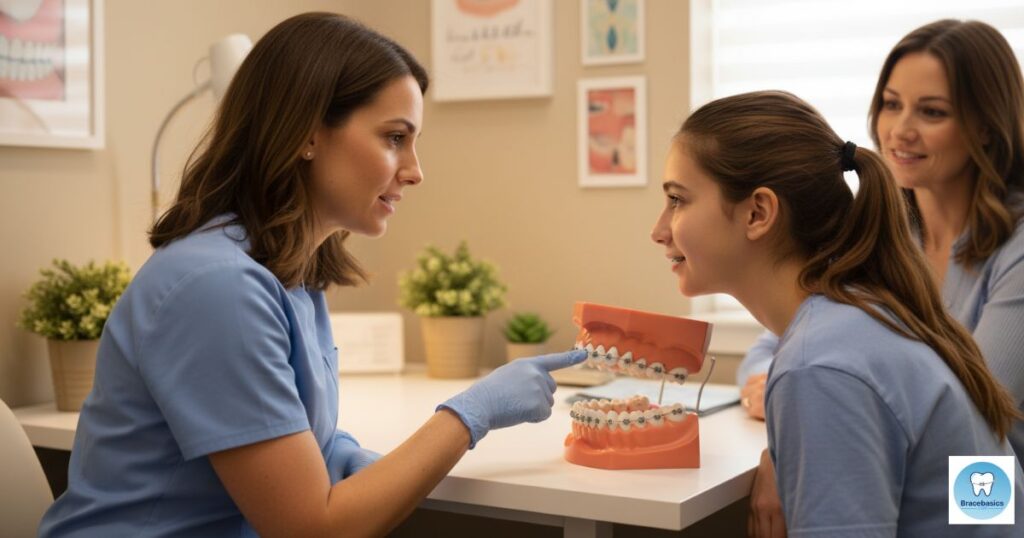
Identifying the signs you need braces requires attention to both visible and functional issues. While some indicators like crowded teeth or teeth gaps and spaces are easy to spot, others such as jaw clicking or pain can be subtle.
Only a qualified orthodontist can confirm if you need crooked teeth treatment, but recognizing the symptoms early allows for faster bite correction and easier teeth straightening options.
Signs You Need Braces
Your Teeth Are Crowded
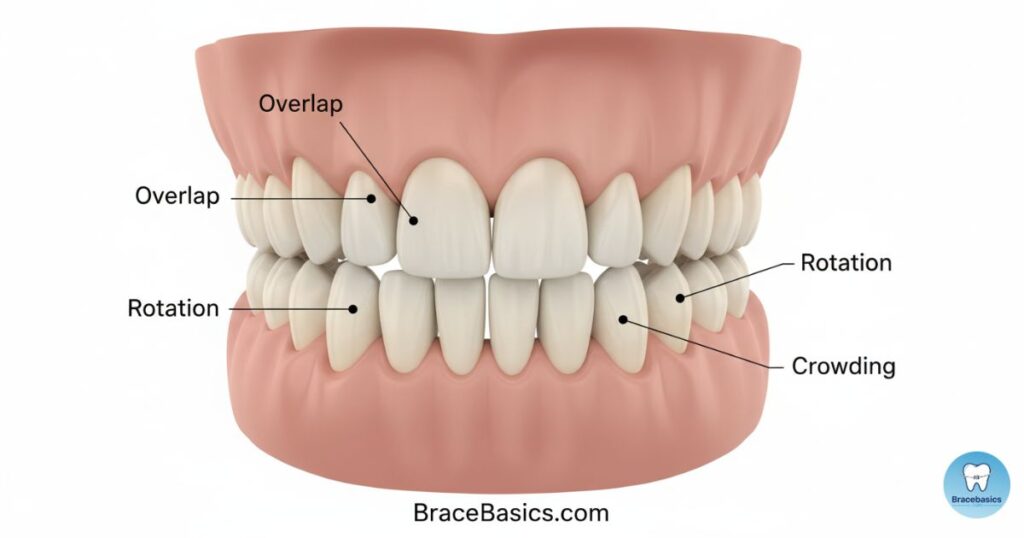
Dental crowding and spacing issues occur when there isn’t enough room in your jaw for teeth to fit normally. You may notice overlapping or twisted teeth and find it hard to floss between them.
Untreated crowded teeth increase plaque buildup from crowding, which leads to tooth decay risk and gum disease prevention becomes difficult.
Gaps and Spaces Between Teeth
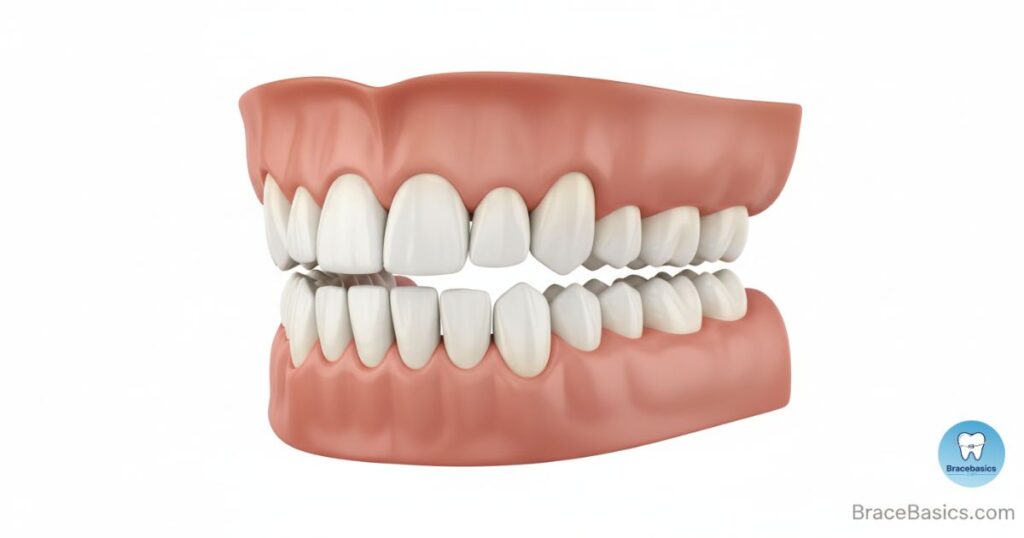
Visible teeth gaps or spacing may occur due to missing teeth, jaw size discrepancies, or abnormal growth. Food can easily get trapped, causing decay and bad breath.
Proper alignment through orthodontic treatment options can correct dental alignment and enhance your smile confidence.
Overbite / Overjet
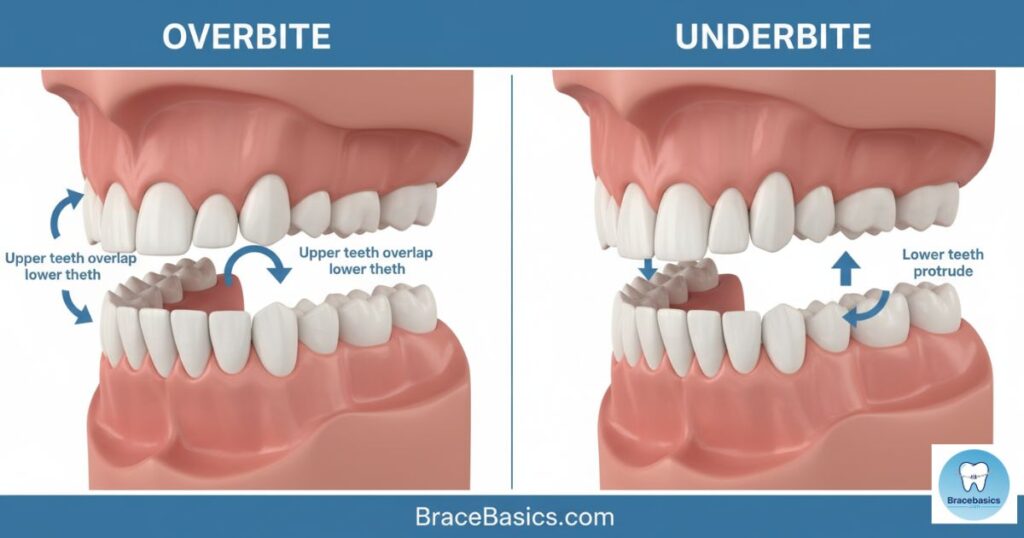
An overbite problem means your upper teeth extend too far over the lower ones. Over time, this can wear down teeth and strain the jaw.
Overbite and underbite correction often involve braces or Invisalign aligners, both effective at restoring bite function and improving comfort.
Underbite
In an underbite, the lower teeth protrude beyond the upper set, often creating a misaligned jawline. It can lead to difficulty chewing and early enamel wear.
Through underbite correction, orthodontists can gradually move the teeth into alignment, restoring a balanced bite and jaw function.
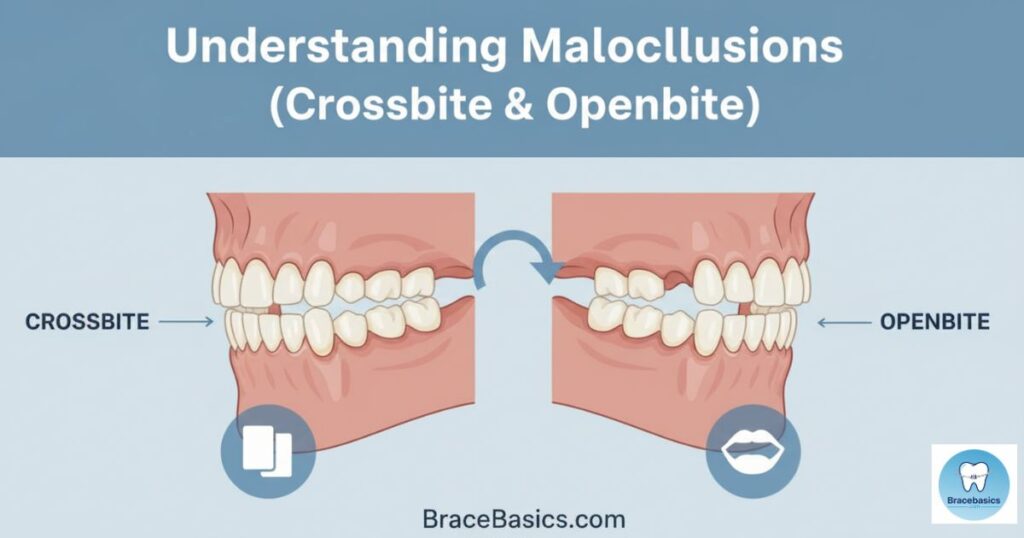
Crossbite
A crossbite occurs when some upper teeth bite inside the lower ones. This asymmetry can cause uneven wear and jaw strain.
Early orthodontic consultation ensures efficient correction using expanders or braces, reducing the risk of jaw clicking sounds and joint discomfort.
Openbite
An open bite prevents the upper and lower teeth from touching when your mouth is closed. This gap makes chewing and speech challenging.
Professional open bite treatment aligns your teeth and helps restore normal chewing function and speech clarity.
You Cut Your Tongue on Your Teeth Often
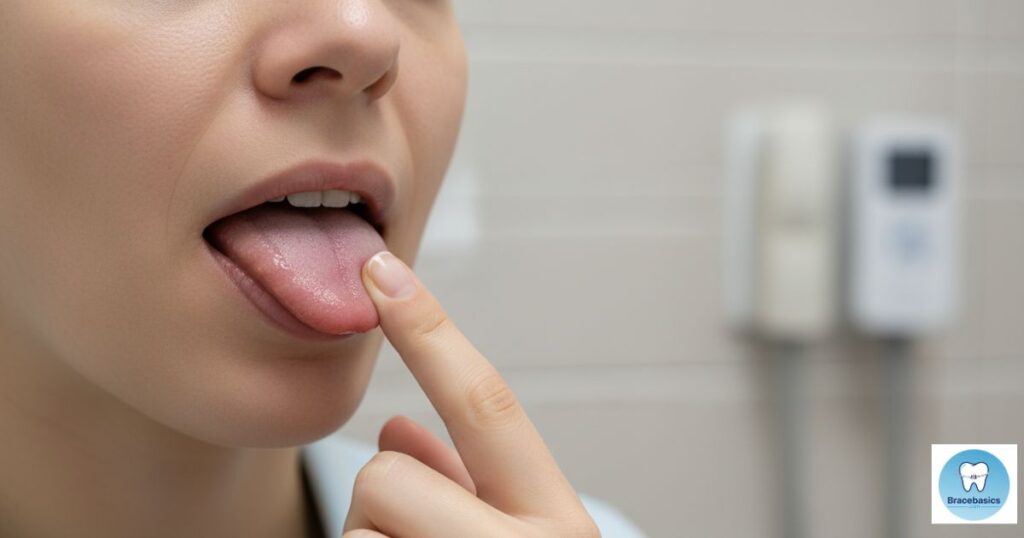
Frequent tongue injuries while chewing or biting the cheeks can signal misaligned teeth. Such repeated trauma indicates your bite pattern needs correction through orthodontic evaluation.
Clicking or Noises in the Jaw
Hearing jaw clicking or pain during movement is a sign of misaligned jaw or TMJ (temporomandibular joint) disorder. Orthodontic care helps restore proper joint alignment and prevent tooth decay caused by uneven wear.
Difficulty Chewing / Biting / Pain
If you experience difficulty chewing or pain after meals, your teeth may not meet correctly. Persistent bite misalignment can strain your jaw muscles. Braces help restore bite function and shorten orthodontic treatment time by correcting alignment.
Speech Issues / Lisping
Misaligned teeth can affect pronunciation and create a slight lisp. Proper orthodontic treatment improves speech by adjusting the position of the teeth and jaw.
Trouble Maintaining Oral Hygiene
When crooked or overlapping teeth make brushing difficult, plaque buildup from crowding becomes common. Braces allow for easier cleaning and gum disease prevention.
The Signs That an Adult Needs Braces vs. How to Tell if Your Child Needs Braces
Recognizing orthodontic issues varies with age.
For children, parents should observe early or late loss of baby teeth, mouth breathing, or persistent thumb sucking beyond age two. These are early common orthodontic problems that may require evaluation.
For adults, symptoms include teeth shifting over time, lifelong crowding, and new bite problems. Many adults seek Invisalign vs braces consultations to fix crooked teeth discreetly.
| Age Group | Common Signs | Recommended Action |
| Children | Delayed tooth loss, mouth breathing, thumb sucking | Schedule early orthodontic evaluation |
| Adults | Jaw pain, shifting teeth, overlapping | Consider free braces consultation |
When Is the Right Time to Get Braces?
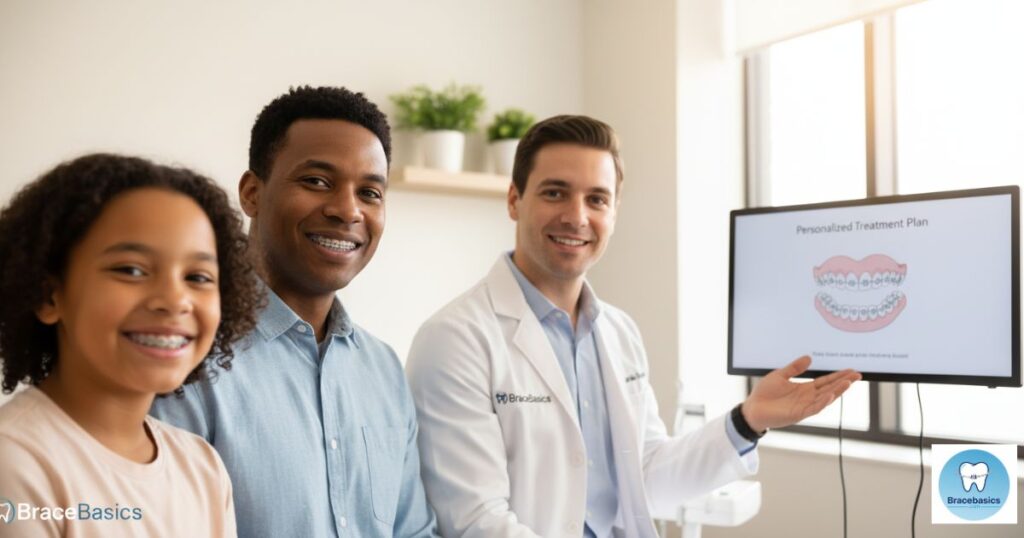
The ideal age for braces is between 10 and 14 years, when jaw growth supports tooth movement. According to the American Association of Orthodontists, every child should have an orthodontic exam by age seven.
However, braces are not limited to youth. Braces for adults and teens are highly effective. As experts often say, “You’re never too old for smile improvement.”
Starting treatment too late may increase complexity, but with options like Invisalign aligners, adults can still straighten teeth naturally with minimal visibility.
10 Things You Should Know Before Getting Braces
1. Mild Discomfort Is Normal at First
When braces are first placed, the teeth and gums often feel sore for a few days. This happens because your teeth begin shifting into better alignment. The discomfort is temporary and usually eases with over-the-counter pain relievers or orthodontic wax.
2. Oral Hygiene Becomes More Important Than Ever
Braces create extra spaces where food can get trapped, leading to plaque buildup and a higher tooth decay risk. Brushing after every meal and flossing with special orthodontic tools keeps your dental health strong throughout treatment.
3. Certain Foods Should Be Avoided
Sticky candies, hard nuts, and crunchy snacks can break brackets or bend wires. Avoiding these foods helps prevent orthodontic emergencies and keeps your treatment time on schedule.
4. You’ll Need Regular Adjustments
Every few weeks, your orthodontist tightens or adjusts your braces to guide the teeth’s movement. These orthodontic appointments are crucial for achieving the ideal alignment and ensuring your braces work efficiently.
5. Speech May Change Temporarily
Some patients experience a slight lisp after braces are applied. This usually fades within a week as your tongue adapts to the new positioning of the brackets and wires.
6. Retainers Are a Must After Braces
When braces come off, retainers hold your teeth in their new positions. Without them, teeth may slowly shift back, undoing your hard work. Always wear your retainer as instructed for lasting results.
7. Treatment Time Varies for Everyone
On average, braces stay on for 12 to 24 months, but this depends on your bite issues, age, and how well you follow instructions. Consistent care shortens treatment and improves your smile outcome.
8. There Are Multiple Braces Options
From Invisalign aligners to ceramic and traditional metal braces, each option has different benefits. Your orthodontist will recommend the best teeth straightening option based on your case, comfort, and budget.
9. Good Communication With Your Orthodontist Matters
Your orthodontic consultation is the time to ask questions and share any concerns. Staying informed and following advice helps prevent delays and ensures you get the best possible results.
10. The Results Are Always Worth It
Braces don’t just straighten teeth — they improve bite function, prevent dental problems, and enhance smile confidence. The process may take time, but the reward is a healthy, attractive smile that lasts a lifetime.
FAQs
How do I check if I need braces or not?
You can look for signs of misalignment like crooked or crowded teeth, gaps, or bite problems such as overbite or underbite. However, only a professional orthodontic evaluation can confirm if you need braces after examining your teeth and jaw alignment.
What age is best to start braces?
The ideal age to start braces is usually between 10 and 14 years, when most permanent teeth have erupted and the jaw is still developing. Still, braces for adults are also common and effective at any age.
How do I know if I need a brace?
If you notice difficulty chewing, speech issues, or jaw pain, you might need braces. Other indicators include teeth gaps, crowding, or a visibly uneven bite. Schedule an orthodontic consultation to determine the right treatment.
How much do braces usually cost?
The cost of braces varies by type and location. On average, traditional metal braces cost between $3,000 and $7,000, while Invisalign aligners may range from $3,500 to $8,000. Most orthodontic clinics offer payment plans or free consultations to help you decide.
🦷 You May Also Like
Types of Braces: Which Is Right for You?
Once you’ve learned that you might need braces, the next step is understanding your options. Explore the different types of braces and which suits your smile best.
How Long Do You Have to Wear Braces?
Braces timelines vary from person to person. Discover the average treatment duration and what affects how long you’ll wear them.
How to Brush Teeth with Braces
Good oral hygiene is crucial once you start treatment. Learn step-by-step brushing tips to keep your teeth and braces clean and healthy.
Conclusion
Recognizing early signs you need braces can prevent bigger dental issues later. Whether it’s crowded teeth, teeth gaps, or jaw clicking sounds, timely evaluation ensures better outcomes.
Take the braces quiz, schedule orthodontic exam, and book a consultation to determine if braces are needed. A small step today can lead to a lifetime of confidence and a healthier, perfectly aligned smile.
References
- American Association of Orthodontists (AAO) – https://www.aaoinfo.org
Comprehensive source for orthodontic guidelines, treatment options, and patient education on braces. - Colgate Oral Care Center – https://www.colgate.com/en-us/oral-health/braces
Trusted resource offering expert advice on oral hygiene, braces care, and dental alignment tips. - Mayo Clinic – Braces: How They Work and When You Need Them – https://www.mayoclinic.org
Provides detailed information on orthodontic evaluation, treatment process, and when braces are recommended. - Cleveland Clinic – Orthodontics & Braces Information – https://my.clevelandclinic.org
Medical-grade insights on braces treatment, jaw alignment, and oral health improvement. - BraceBasics Official Website – https://bracebasics.com
Educational dental blog sharing expert insights on braces care, diet tips, and orthodontic FAQs.
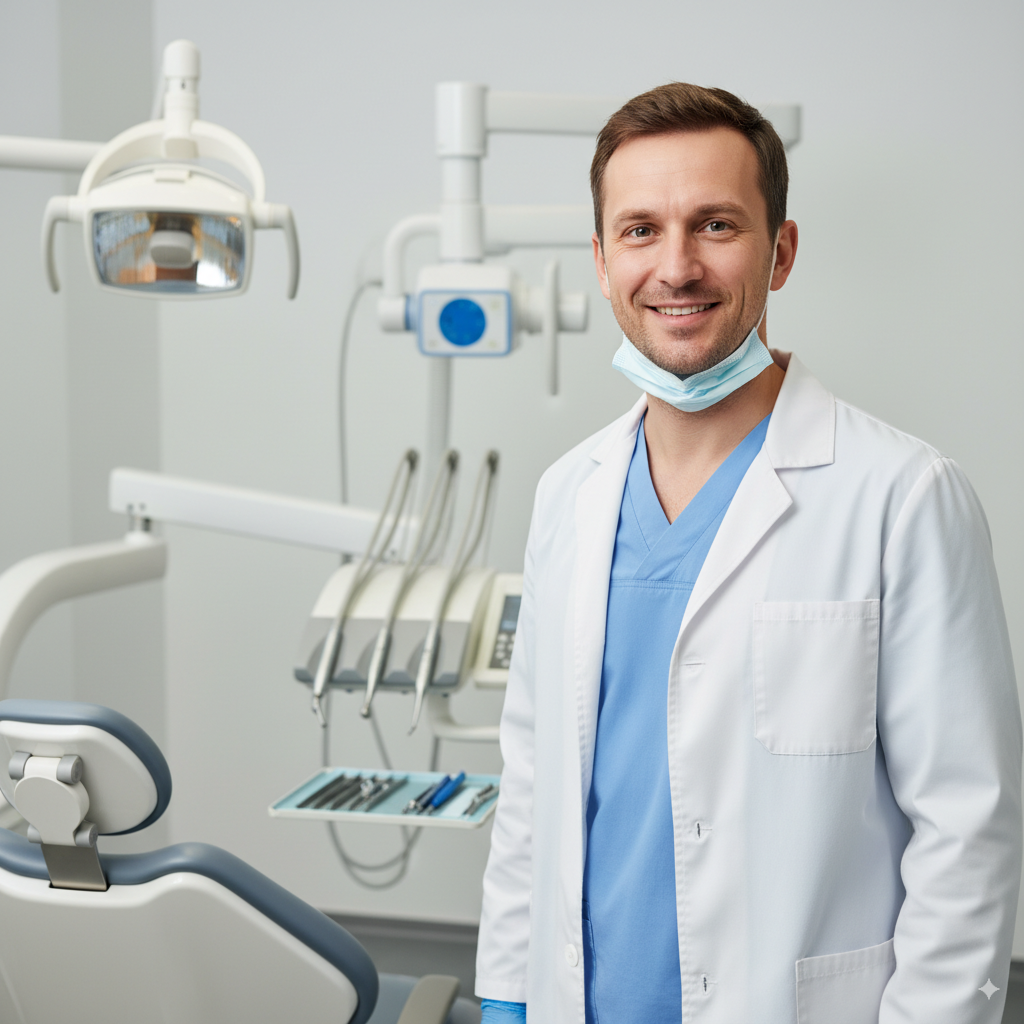
Hi, I’m Dr. Martin, the founder of BracsBasics.com. With years of experience in orthodontics, I’ve made it my mission to simplify braces care for patients of all ages. Here, you’ll find easy-to-understand advice, practical tips, and reliable resources to make your braces journey smoother, healthier, and stress-free. My goal is to help you smile with confidence every step of the way.
